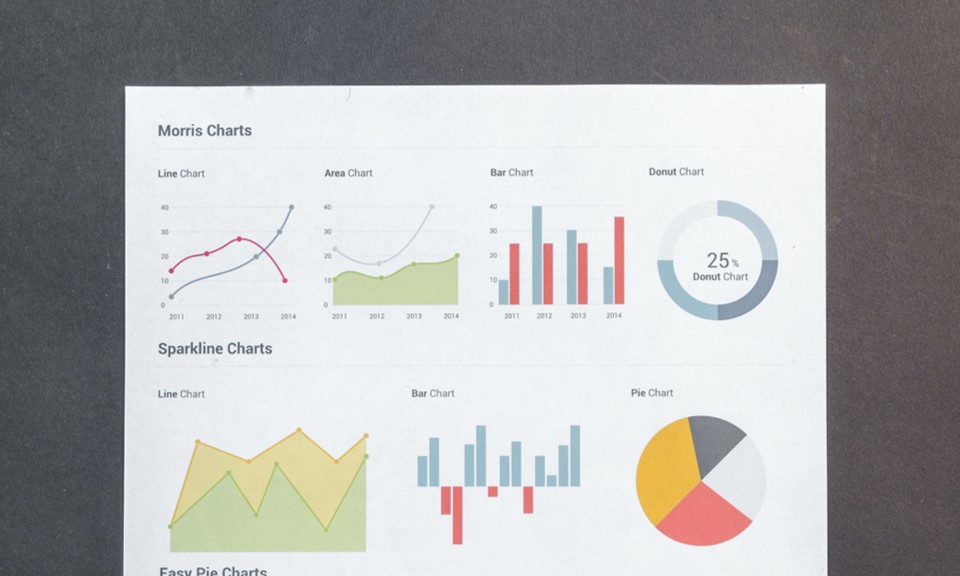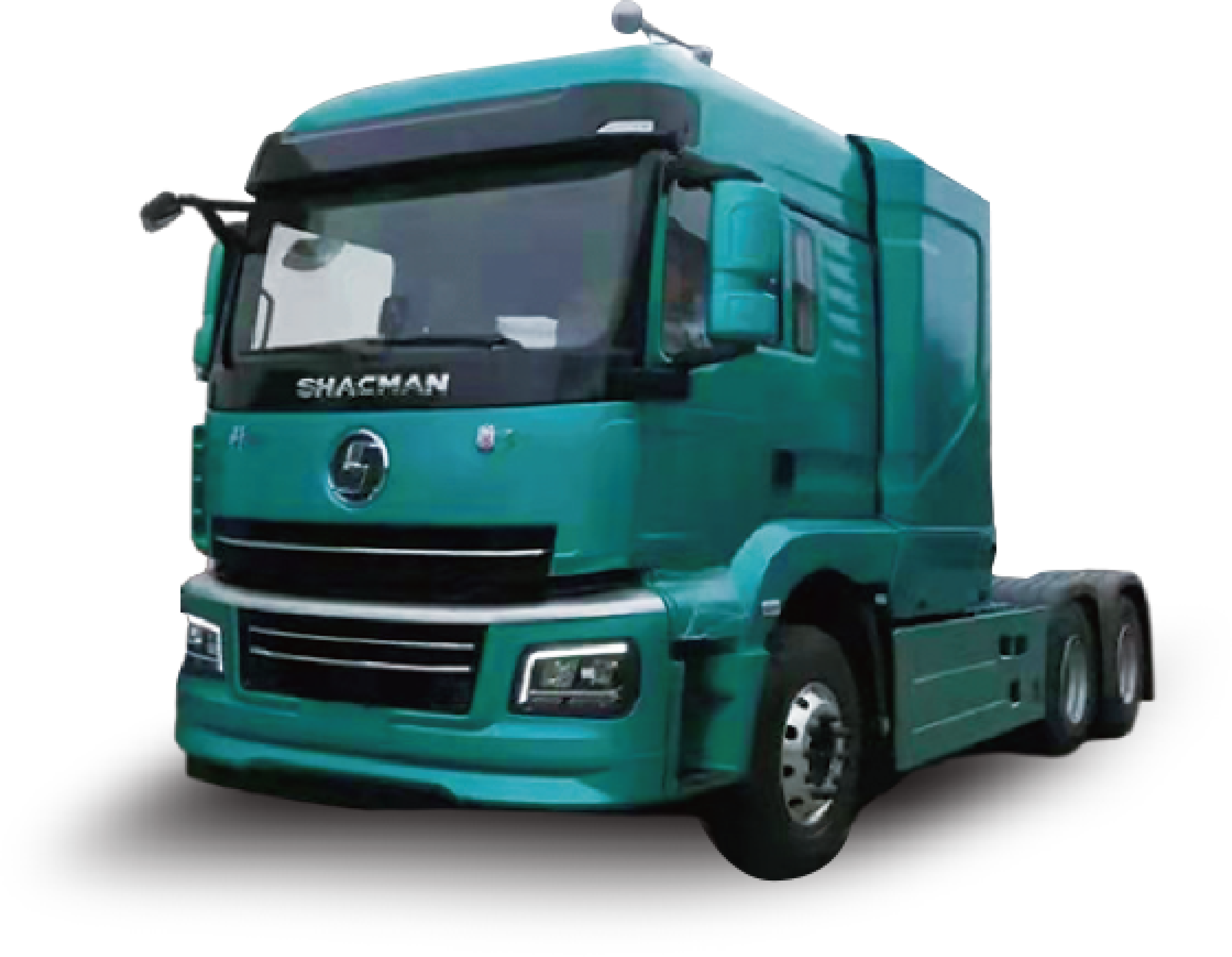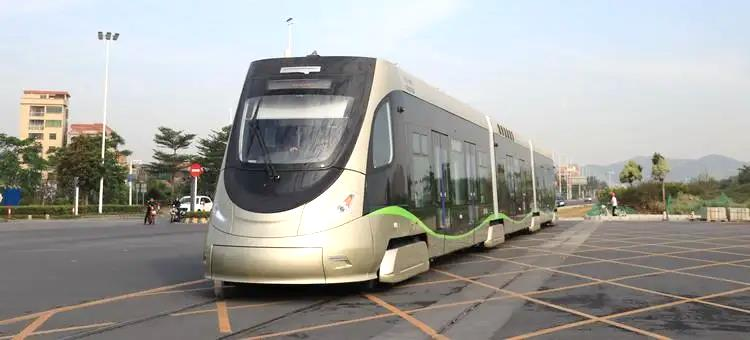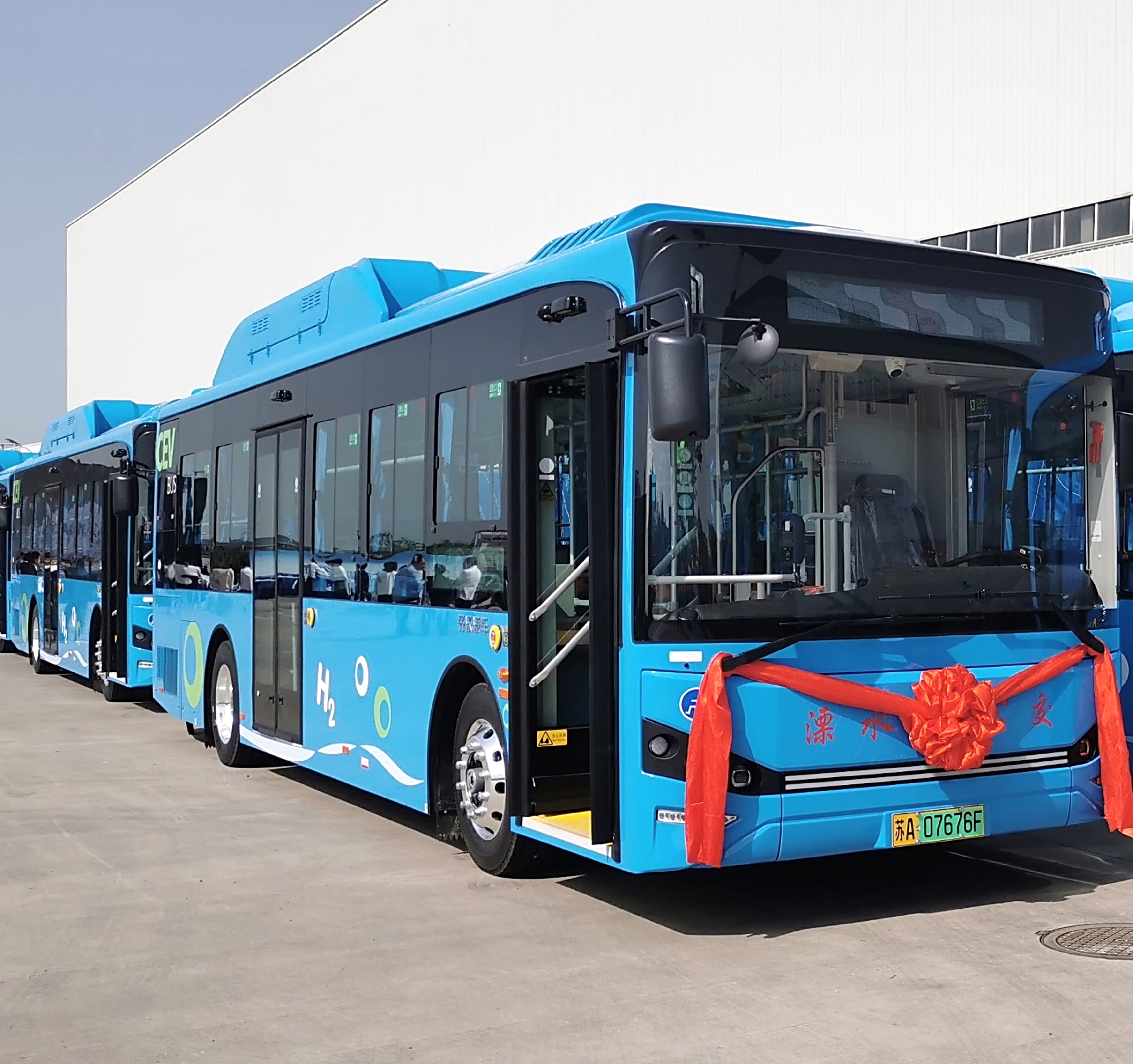Fuel cells in transportation
When used in NEVs, fuel cells and storage batteries will be configured in a certain ratio, and the hydrogen cylinder will supply hydrogen to the fuel cells, which give full play to the benefits of the storage battery in terms of fast dynamic response and recovery of braking energy, as well as strengths of the fuel cells in terms of short fueling time and long life to their fullest potential.
Compared with battery electric vehicles, FCEVs are better suited for commercial application scenarios involving heavy payloads and extended travel distances. As the hydrogen energy industry continues to advance, fuel cell engines will find widespread application across various transportation domains, including intercity logistics vehicles, tractors, mining trucks, rail transit, and ships, potentially replacing conventional internal combustion engines.

When used in NEVs, fuel cells and storage batteries will be configured in a certain ratio, and the hydrogen cylinder will supply hydrogen to the fuel cells, which give full play to the benefits of the storage battery in terms of fast dynamic response and recovery of braking energy, as well as strengths of the fuel cells in terms of short fueling time and long life to their fullest potential.
Compared with battery electric vehicles, FCEVs are better suited for commercial application scenarios involving heavy payloads and extended travel distances. As the hydrogen energy industry continues to advance, fuel cell engines will find widespread application across various transportation domains, including intercity logistics vehicles, tractors, mining trucks, rail transit, and ships, potentially replacing conventional internal combustion engines.














